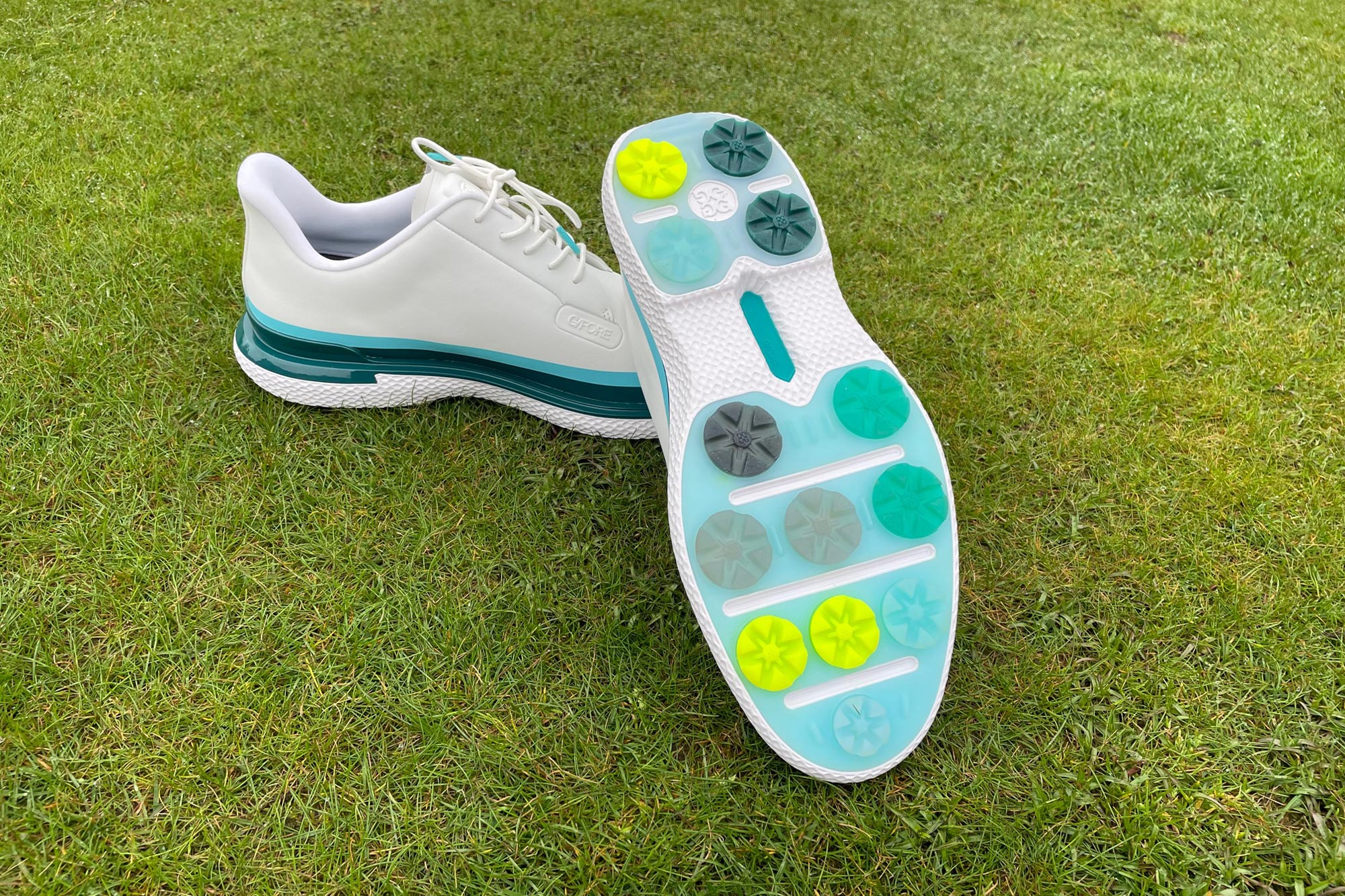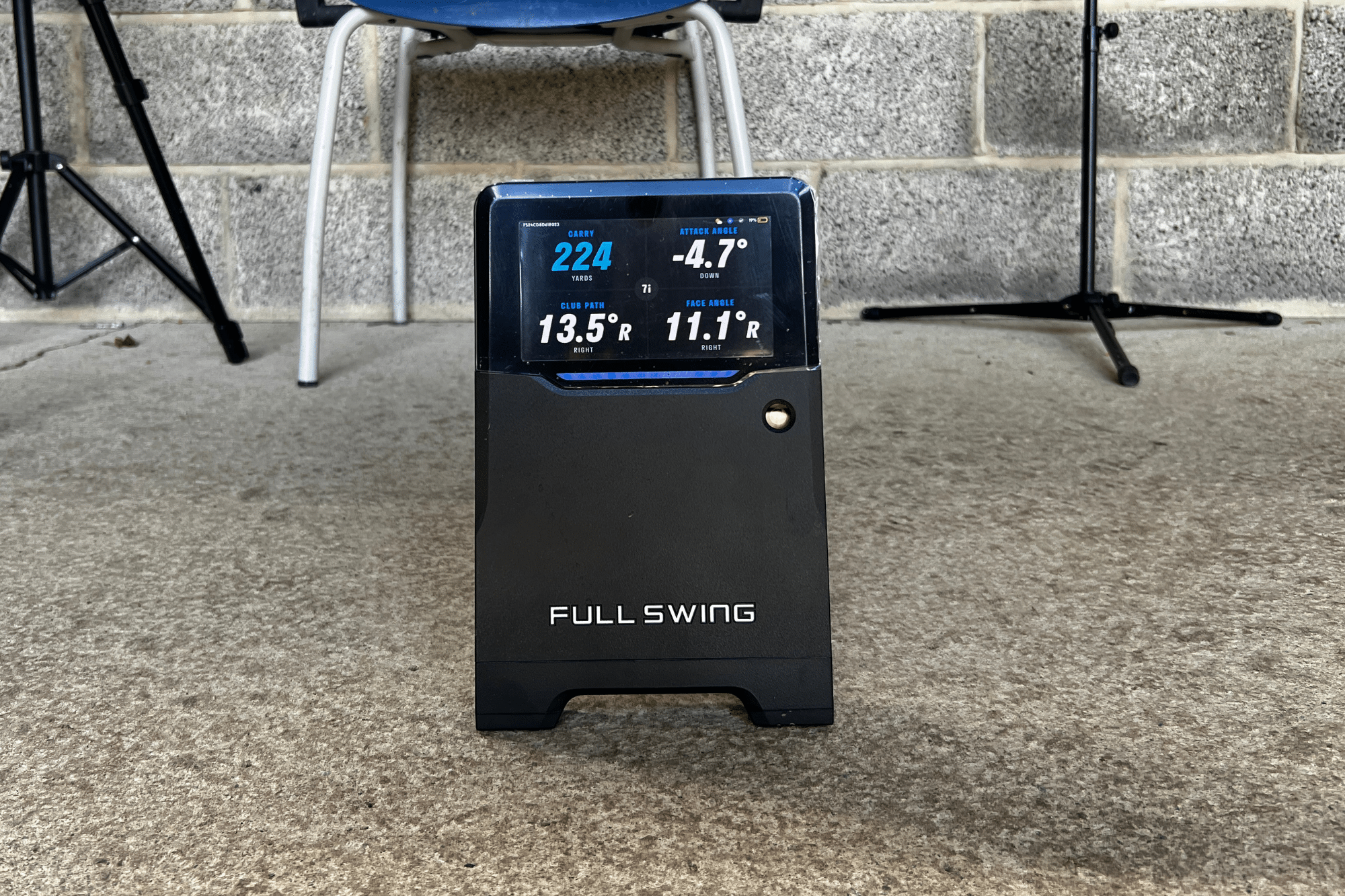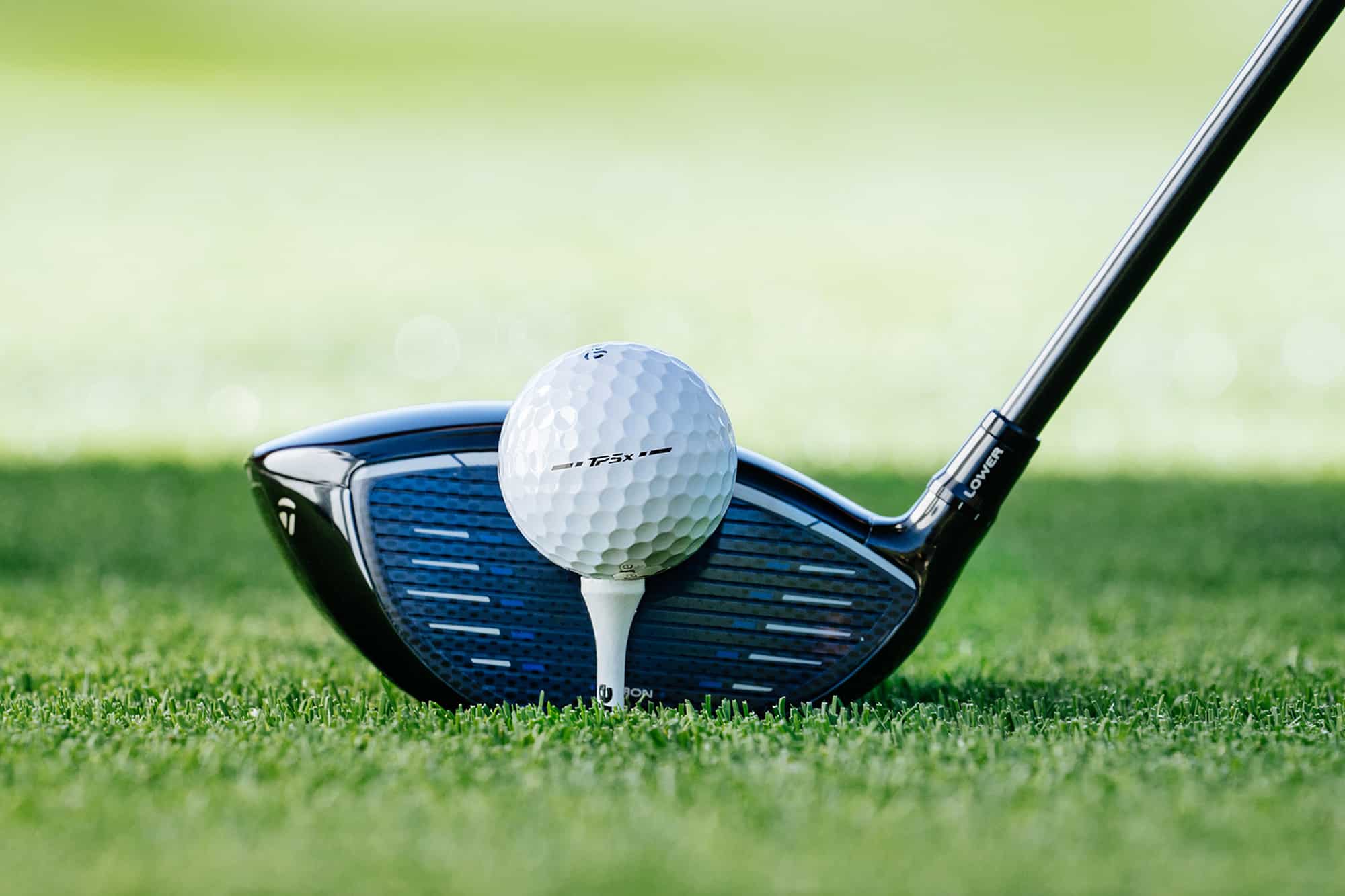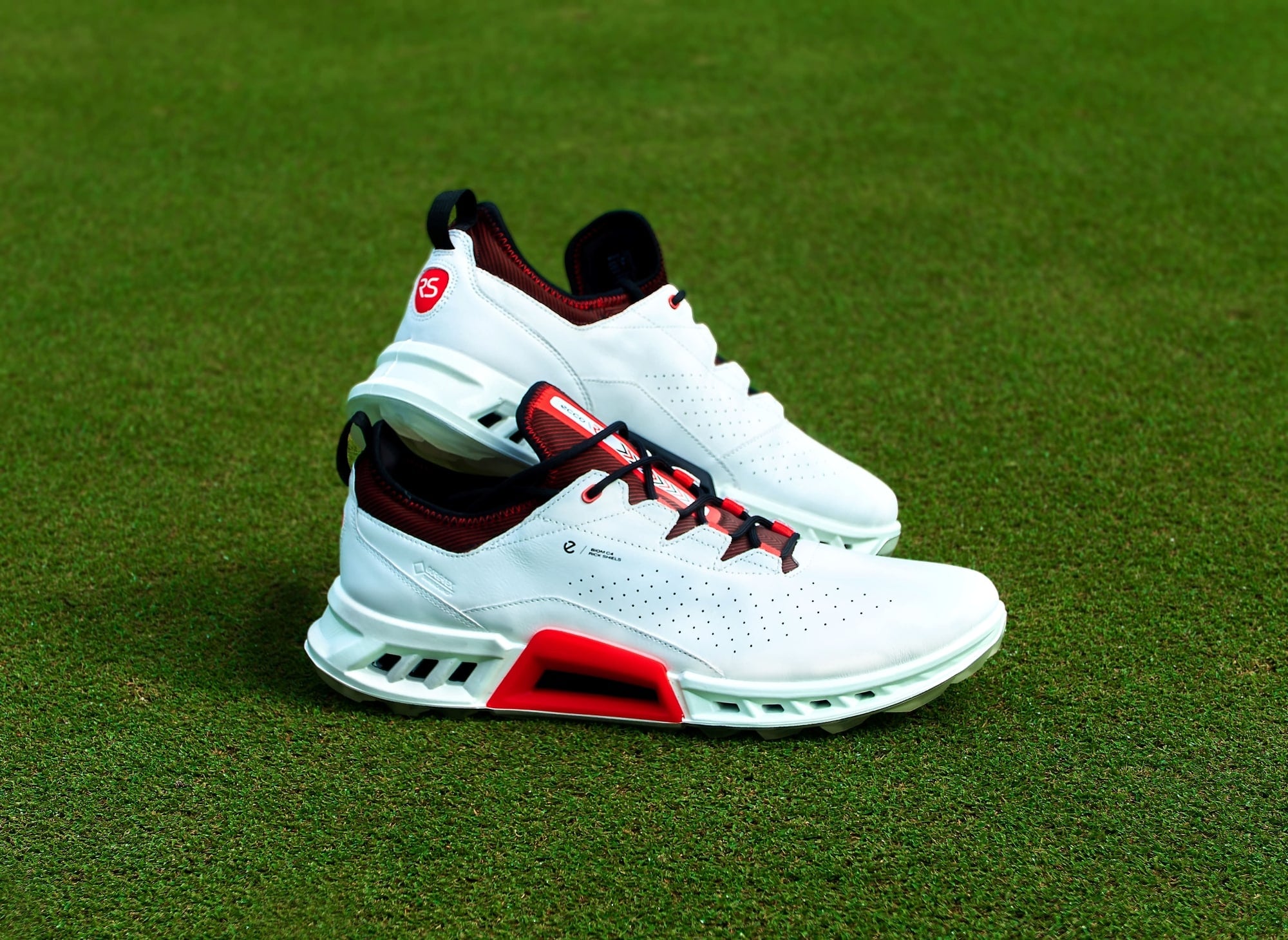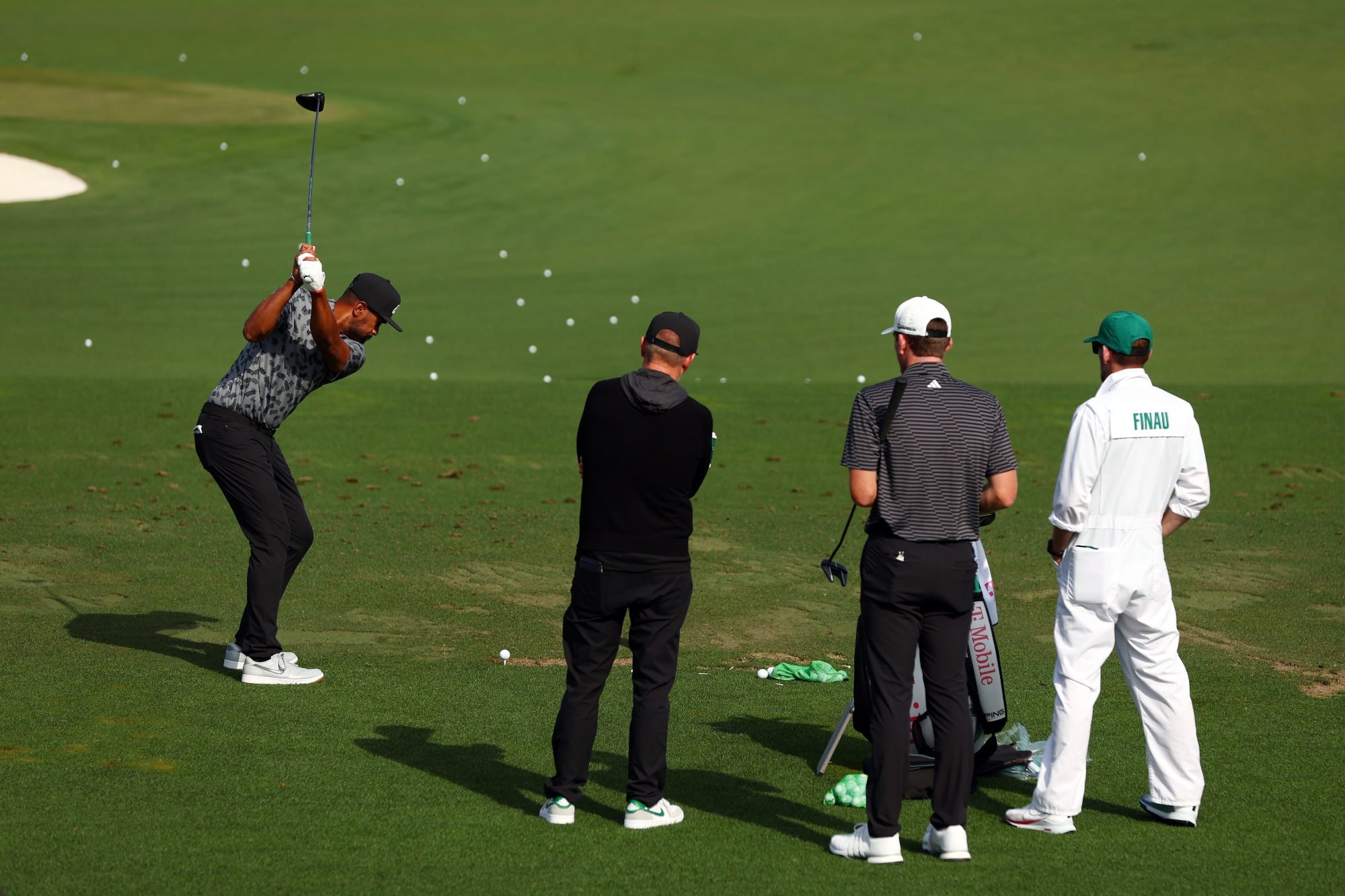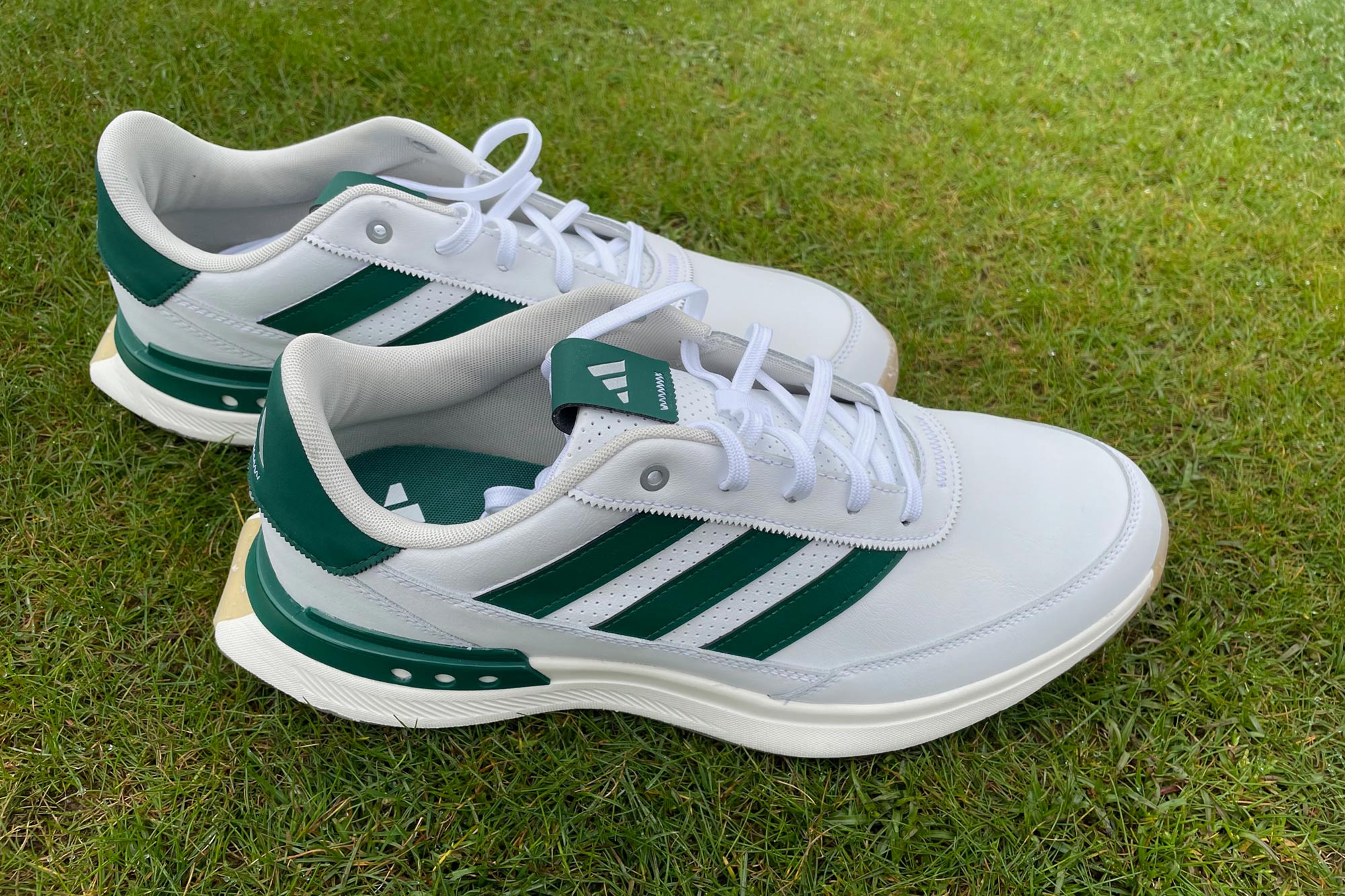
A Comprehensive Guide on How to Prepare for Golf
Introduction
Golf is a timeless sport that combines precision, technique, and a love for the outdoors. Whether you’re a seasoned pro or a beginner looking to take up the game, proper preparation is essential for success on the golf course. In this article, we’ll guide you through a comprehensive plan on how to prepare for golf, covering everything from selecting the right equipment to honing your skills on the driving range.
Get the Right Gear
Golf Clubs:
Selecting the right golf clubs is arguably the most critical gear decision you’ll make. Golf clubs come in various types, each designed for specific situations on the course. When it comes to enjoying a round of golf before or after trying your luck at the Casinos with a Kahnawake license, you’re in for a truly exciting and diverse leisure experience. Here are the key types of golf clubs to consider:
- Woods: Woods are typically used for longer shots off the tee or fairway. They are numbered from 1 (driver) to 5, with the driver being the club that hits the ball the farthest.
- Irons: Irons are versatile clubs used for shots from the fairway or rough and for chipping onto the green. They are numbered from 3 to 9, with lower numbers providing more distance and higher numbers offering greater loft.
- Wedges: Wedges are specialized irons with higher lofts, designed for close-range shots around the green. Common wedges include the pitching wedge, gap wedge, sand wedge, and lob wedge.
- Putters: Putters are used on the green to roll the ball into the hole. Choosing a putter that feels comfortable and suits your putting style is crucial.
When selecting clubs, consider factors like your skill level, swing speed, and body type. Many golfers benefit from custom-fitted clubs to ensure the right length, lie angle, and grip size for their game.
Golf Balls:
Golf balls are available in various models, each designed to offer specific performance characteristics. Factors to consider when choosing golf balls include:
- Compression: Golf balls come in different compression ratings, which affect how the ball reacts to your swing speed. Low-compression balls are suitable for slower swings, while high-compression balls are better for faster swings.
- Cover Material: Golf ball covers can be made of surlyn or urethane. Urethane covers provide more spin and control but may be less durable.
- Number of Pieces: Golf balls are typically two-piece, three-piece, or multi-layer. Multi-layer balls offer more control but may be harder to control for beginners.
- Experiment with different types of golf balls to find the one that feels comfortable and suits your playing style.
Golf Shoes:
Golf shoes are designed to provide stability and grip during your swing. Look for golf shoes with features like:
- Spiked or Spikeless: Spiked shoes provide excellent traction, especially in wet conditions, while spikeless shoes offer comfort and versatility.
- Waterproofing: If you plan to play in various weather conditions, consider waterproof golf shoes to keep your feet dry.
- Comfort: Choose shoes with ample cushioning and arch support for maximum comfort during long rounds.
Golf Glove:
A golf glove helps provide a secure grip on the club and prevents blisters. Select a glove that fits snugly but not too tight, and consider wearing a glove on your lead hand (left for right-handed golfers, and vice versa).
Golf Bag:
Golf bags come in various styles, including stand bags, cart bags, and carry bags. Choose one that suits your playing style and preferences. Consider the number of pockets, club dividers, and overall weight when selecting a golf bag.
In conclusion, investing in the right golf gear is essential for a successful golfing experience. Take the time to research and test different options to ensure your equipment matches your skill level and playing style. High-quality gear that suits you personally can greatly enhance your enjoyment of the game and improve your performance on the course.
Learn the Basics
Golf can be intimidating for newcomers, but understanding the basics is a crucial first step:
Grip:
The grip is your connection to the club, and it significantly influences the quality of your swing. There are three primary types of grips in golf:
- Interlocking Grip: This grip involves interlocking the pinkie finger of your trailing hand (right hand for right-handed golfers, left for left-handed golfers) with the index finger of your lead hand (left hand for right-handed golfers, right for left-handed golfers). It’s a popular choice for golfers with smaller hands or those who prefer a firmer grip.
- Overlap Grip (Vardon Grip): In this grip, the little finger of your trailing hand rests on top of the index finger of your lead hand. It’s a common choice for players with larger hands.
- Ten-Finger Grip: Also known as the baseball grip, all ten fingers are in contact with the club. It’s often favored by beginners and those transitioning from other sports.
Select the grip that feels most comfortable and provides you with a secure hold on the club.
Stance:
Your stance forms the foundation of your swing. Here are some essential aspects to consider:
- Width of Stance: Your feet should be shoulder-width apart, providing stability and balance.
- Ball Position: The ball’s position in your stance varies depending on the club you’re using. For irons, it should be positioned near the center of your stance. For woods, it should be slightly forward.
- Weight Distribution: Balance your weight evenly between both feet, with a slight lean toward your target foot (left foot for right-handed golfers, right foot for left-handed golfers).
Alignment:
Proper alignment ensures that your clubface is pointing in the right direction. To align correctly:
- Stand behind the ball and pick a spot on the ground or a distant target that’s in line with your target.
- Position the clubface parallel to this target line.
- Align your feet, hips, and shoulders parallel to the target line.
Posture:
Maintaining a good posture throughout your swing is crucial for balance and power. Here’s how to achieve it:
- Keep your spine straight with a slight bend at the waist.
- Your arms should hang naturally from your shoulders.
- Knees should be slightly flexed, allowing for ease of movement.
Swing Mechanics:
Understanding the golf swing’s essential components is critical to success:
- Backswing: During the backswing, the club moves away from the ball. Keep your hands close to your body, and rotate your hips and shoulders to generate power.
- Downswing: The downswing is where you initiate the transfer of weight from your back foot to your front foot. This motion brings the clubhead down and through the ball.
- Follow-Through: After striking the ball, continue your swing through to a full and balanced finish, with your chest facing the target.
Practice these basics diligently, both on the driving range and during rounds of golf. Consistency in your grip, stance, alignment, posture, and swing mechanics will lead to improved ball striking and more enjoyable rounds on the course.
Consider taking lessons from a golf professional to receive personalized instruction and feedback on your swing mechanics, which can accelerate your learning curve and help you avoid developing bad habits.
Practice Your Swing
Practice is the key to success in golf. Here are some ways to refine your swing:
Visit the Driving Range:
The driving range is your primary practice ground. Here’s how to make the most of your time there:
- Warm-Up: Begin with some light stretching and warm-up exercises to loosen your muscles. A few practice swings with a short iron can help you get into the rhythm.
- Start with Wedges: Begin your practice session with wedges (e.g., pitching wedge, sand wedge) to focus on short shots and build your confidence.
- Work Through Your Clubs: Gradually progress through your clubs, moving from shorter irons to mid-irons, long irons, hybrids, and finally, woods and drivers.
- Target Practice: Aim at specific targets on the range rather than just hitting balls aimlessly. This helps you simulate on-course scenarios and develop better accuracy.
- Practice Routine: Create a practice routine that mimics your real game. For instance, simulate a full round by selecting clubs based on the distances you’d encounter on the course.
- Consistency: Pay attention to your posture, grip, and alignment with every shot. Consistency in these fundamental elements will lead to more consistent ball striking.
Take Lessons:
Consider investing in golf lessons from a qualified instructor. Here’s how lessons can enhance your practice:
- Personalized Feedback: A golf instructor can provide individualized feedback and pinpoint areas where you need improvement.
- Video Analysis: Many instructors use video analysis to record and review your swing. This visual feedback can be incredibly valuable in understanding your swing mechanics.
- Drills and Exercises: Instructors can prescribe specific drills and exercises tailored to your needs, helping you address weaknesses and enhance strengths.
- Mental Game: Golf lessons often include mental game coaching, teaching you how to stay focused, manage emotions, and make smart decisions on the course.
Use Swing Aids and Training Aids:
There are various training aids and tools available to help you practice your swing more effectively:
- Alignment Sticks: These simple tools help you ensure your alignment is correct. Place them on the ground to create target lines for your feet, hips, and shoulders.
- Swing Trainers: Tools like weighted clubs, hinged training aids, or impact bags can assist in building a more consistent and powerful swing.
- Launch Monitors: If available, use launch monitors to gather data about your ball flight, swing speed, and clubface angle. This information can be valuable for making adjustments.
- Putting Mats: For putting practice, invest in a putting mat or use the practice green to work on your short game.
Practice with a Purpose:
Remember that mindless repetition won’t necessarily lead to improvement. Have specific goals and objectives during your practice sessions:
- Focus on Weaknesses: Identify areas of your game that need improvement and allocate more time to them.
- Simulate Pressure Situations: Create pressure situations during practice, such as imagining you’re playing in a high-stakes match. This can help improve your mental toughness.
- Record Your Progress: Keep a practice journal or use a golf app to track your practice routines, scores, and notes about what’s working and what needs adjustment.
- Stay Patient: Improvement takes time, so don’t get discouraged by setbacks. Maintain a positive attitude and keep working on your game.
Consistent and purposeful practice is the key to developing a reliable golf swing. The more effort you invest in refining your technique and building confidence, the better your performance will be on the golf course.
Stay Physically Fit
Golf requires a good level of physical fitness and flexibility. Incorporate stretching, strength training, and cardiovascular exercise into your routine to improve your golf performance and prevent injuries.
Conclusion
Preparing for golf is a journey that requires dedication and practice. By acquiring the right equipment, learning the basics, refining your swing, understanding course management, and maintaining physical fitness, you’ll be well on your way to becoming a skilled golfer. Remember that golf is as much a mental game as it is a physical one, so stay patient, stay focused, and enjoy the process of improvement as you embark on your golfing journey. https://www.golfcanada.ca/
Nicola Slater

Nicola recently graduated from Stirling University where she studied Sports Studies, she wrote her dissertation on barriers to participation for women in golf.
Nicola plays her golf at Hickleton Golf Club and has recently started her professional career on the LET Access Tour. Having played for Yorkshire Ladies and has represented England at junior and senior level.


